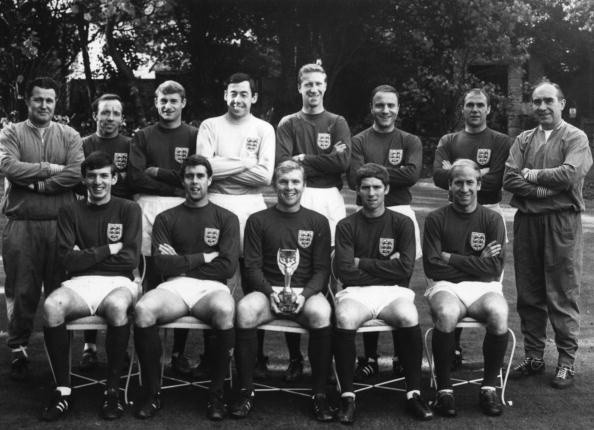A YouTuber named Denis Shiryaev is popular for upscaling old videos and photos in his channel. His works allow the viewers to walk through New York in 1911, or even ride Wuppertal's flying train during the 20th century.

His channel showcases the technology of his Poland-based company called Neural Love, which uses a combination of algorithms and networks to overhaul historical images. He was able to clean, repair, colorize, stabilize, and unscuffed the earliest surviving film.
The YouTuber corrected the old video to 60 frames every second, upscaling it to vivid 4K resolution. Thanks to Shiryaev's work, viewers were able to feel like they are time traveling.
"That is something that our clients and even the commenters on YouTube have pointed out consistently," said Elizabeth Peck, one of the YouTuber's colleagues at Neural Love.
"It brings you more into that real-life feeling of, 'I'm here watching someone do this', whereas before you're looking more at something more artistic or cinematic," she added.
However, although the Shiryaev's works are fascinating, some historians claim that modernizing century-old archives leads to problems. Even colorizing black and white pictures is criticized.
Why historians want to upscale historical archives to stop
Emily Mark-FitzGerald, the associate professor at University College Dublin's School of Art History and Cultural Policy, said that upscaled historical archives could make people think that photographs are just a kind of uncomplicated window the past.

However, Peck said that their company makes sure that their clients know that Neural Love sees the huge difference between the enhancement and restoration aspects. She added that the company considers removing noise, scratches, dust, or other imperfections picked up during the process as a less ethically fraught process than colorizing and upscaling.
Peck clarified that they are really returning the old film to its original state.
For more news updates about other social media platforms, always keep your tabs open here at TechTimes.
This article is owned by TechTimes,
Written by: Giuliano de Leon.
ⓒ 2025 TECHTIMES.com All rights reserved. Do not reproduce without permission.




